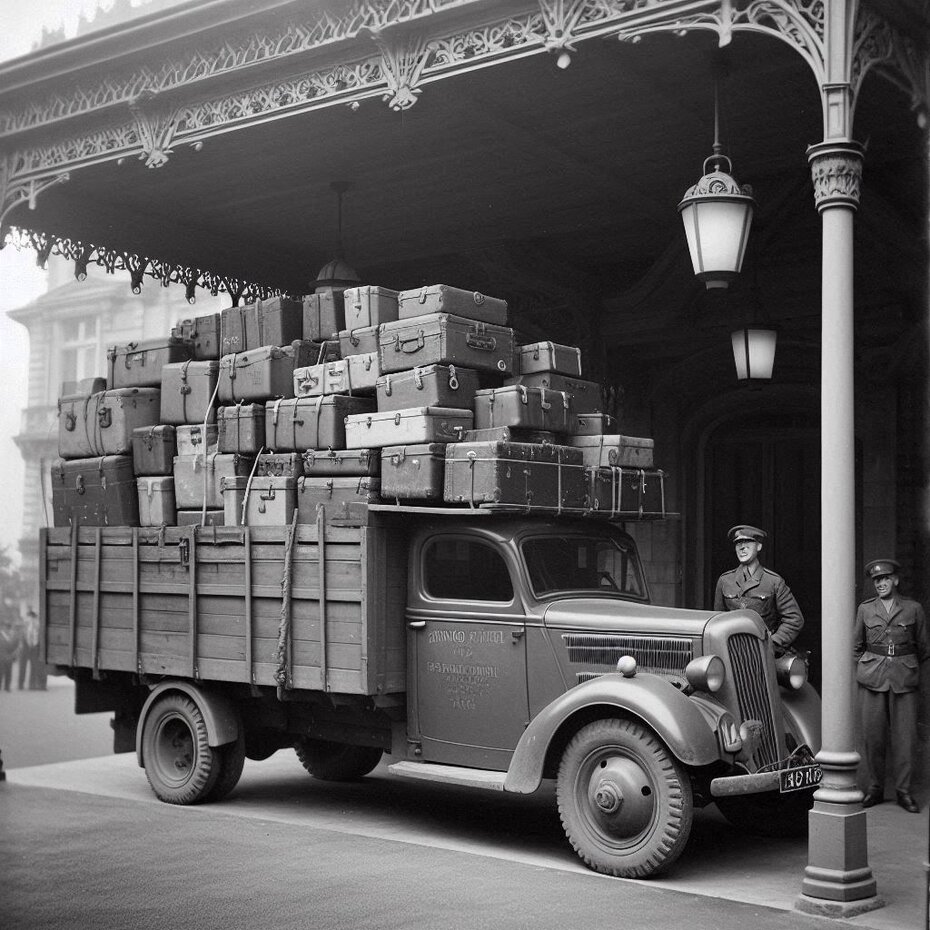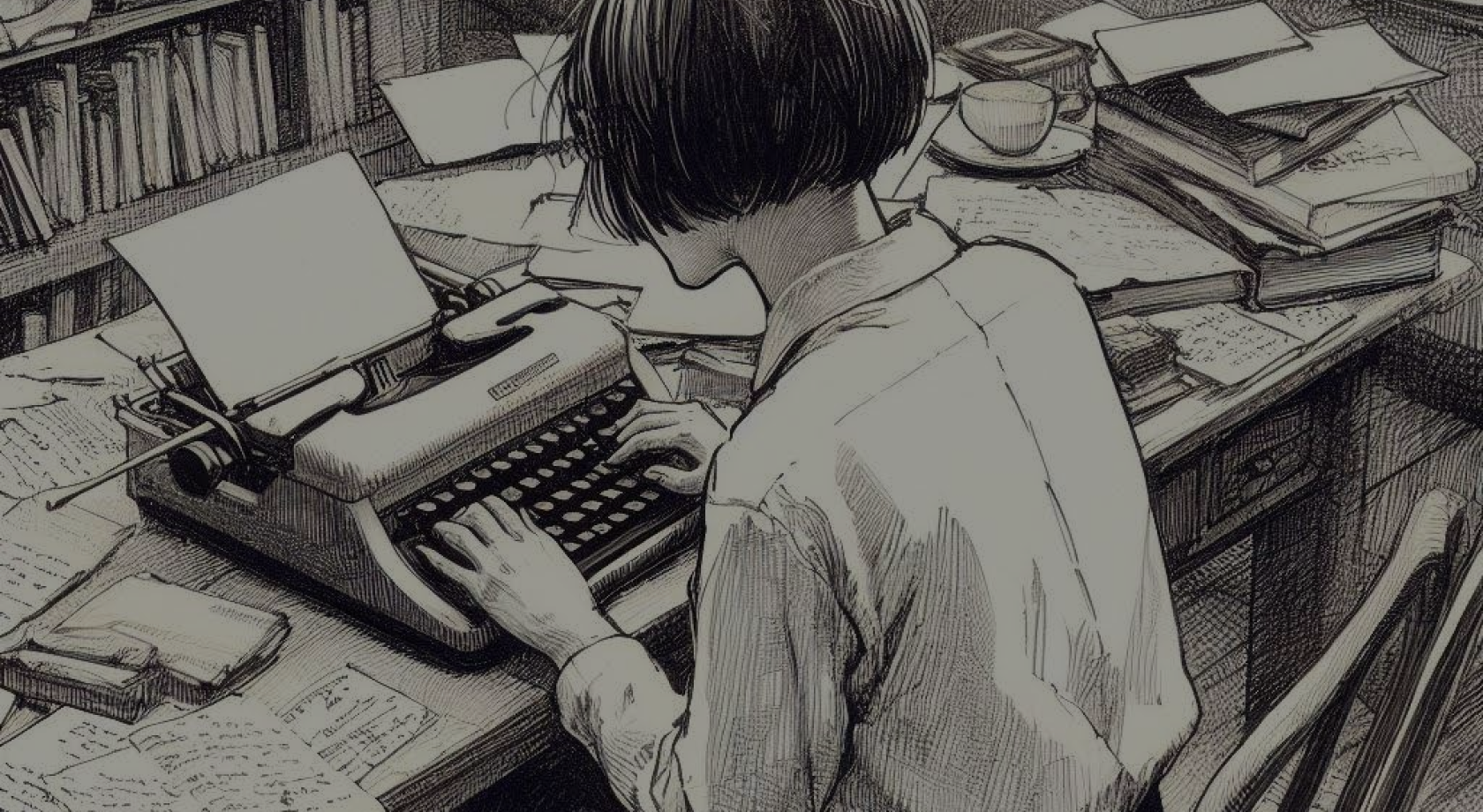The butcher of Paris: who do these suitcases belong to? (chapter 3)
During the German occupation of France, the police were called in to find out why a foul smell was emanating from the chimney of a house on rue le Sueur, in the upscale XVIème district of Paris. When they broke into the house, they made a macabre discovery. In an apparently empty and abandoned-looking house, there were 21 dismembered bodies. Part of them had been thrown into a pit and covered with lime, while the rest of the remains were burning in a furnace. After a short investigation, the police discovered that the house belonged to Dr. Petiot, who lived just 3 km away. However, a note posted on the front door said that the resident was traveling and gave an address in Auxerre where deliveries and correspondence should be sent.

The police decided to go to Auxerre to try and find Dr. Petiot. But before they did, they stopped off in Villeneuve-sur-Yonne, where the doctor had lived for several years before moving to Paris. What the police discovered in Villeneuve would leave everyone who had seen the macabre scene stunned. Dr. Petiot was actually a respectable doctor, held in high esteem by the townspeople. He used to accept all the patients who knocked on his door, even the incurable ones, drug addicts, hypochondriacs and desperate women looking for someone to perform an abortion. Dissatisfied with the high number of typhoid cases in the city, he had run for mayor with the promise of renovating the sewage system and thus preventing the spread of the disease. After being elected, he married Georgette, a local resident, who soon after gave him a son.
Before long, however, they began accusing him of misappropriating public property, as well as carrying out petty thefts of money and jewelry during consultations at his patients' homes. The final straw was the discovery that Dr. Petiot had made a direct connection between the electricity grid and his home, consuming electricity without paying for it. He was eventually ordered to pay a fine and was stripped of his position as family doctor.
Further investigation showed that, as a young man, Marcel Petiot had voluntarily enlisted to fight in WWII, but that his history in the army had been somewhat troubled: in the hospital where he had been admitted for injuries caused by grenade shrapnel, he had been accused of stealing blankets, morphine and wallets. For this reason, he was arrested and expelled from the army. Petiot was then nominated to take part in an accelerated medical course for war veterans, which lasted just eight months. Soon after, he moved to Villeneuve where he soon gained a clientele.
There were also suspicions that the doctor took drugs and was psychologically unstable, and a psychologist considered him irresponsible for his actions during a trial for fuel theft.
Once the investigation in Villeneuve was complete, the police headed for Auxerre. When they arrived at the address given in the note affixed to the door of the mansion where they discovered the dismembered bodies, they came across another luxurious and immense house, but abandoned. The Petiot family seemed to have a habit of acquiring luxurious homes and abandoning them to neglect.
In Auxerre, the police found the 60 suitcases that had been removed by truck from the mansion on rue le Sueur and set about investigating their contents to determine who the owners were, but all the suitcases had one thing in common: there were no documents inside, just clothes, toiletries and photos. But one of the suitcases particularly impressed the investigators. It contained handmade children's pajamas made from pieces of a worn-out men's dress shirt. The monogram of its former owner could still be seen on the pajamas: KK. Was this innocent child another of Dr. Petiot's victims?
The police also discovered that, on arriving in Paris, Dr. Petiot had opened a clinic near l'Opéra, an area crowded with tourists, prostitutes and outlaws. On discovering the doctor's criminal past, his willingness to prescribe psychotropic drugs and perform abortions, his new clientele, instead of turning away, felt a greater affinity with him. Dr. Petiot's clinic became an unexpected success and his assets began to grow by leaps and bounds.
Analysis of the remains of the 21 victims found in the Rue le Sueur mansion did not lead to any precise identification, as their limbs were too degraded by lime and fire. The coroners did notice, however, that the killer had used the same method employed in the dismemberment, destruction of the face and scalping of corpses found in the River Seine. Adding up all the bodies, the number of murders exceeded 60.
Please click here to read the next (final) chapter.
Translated with DeepL.com (free version)
Voltar
